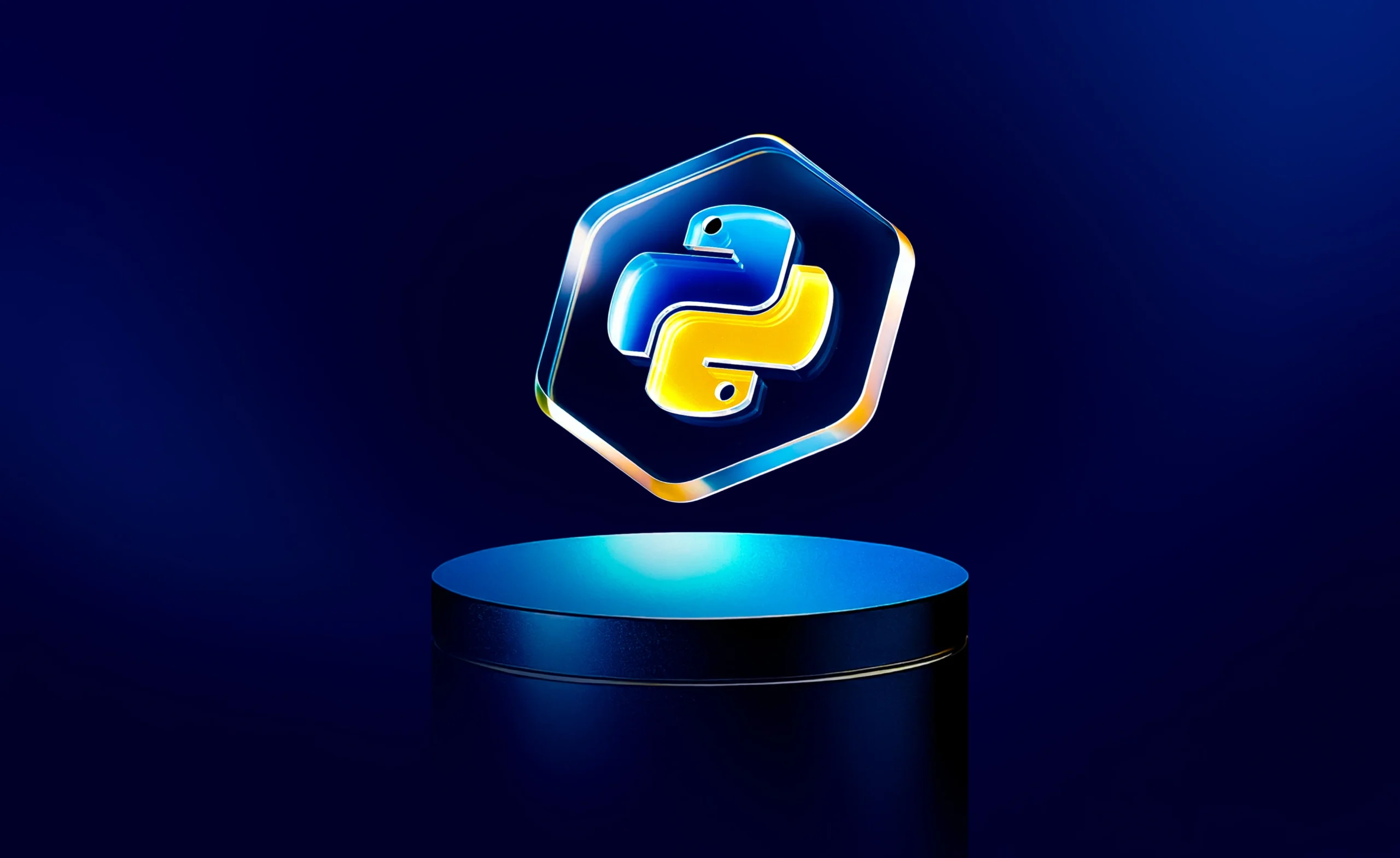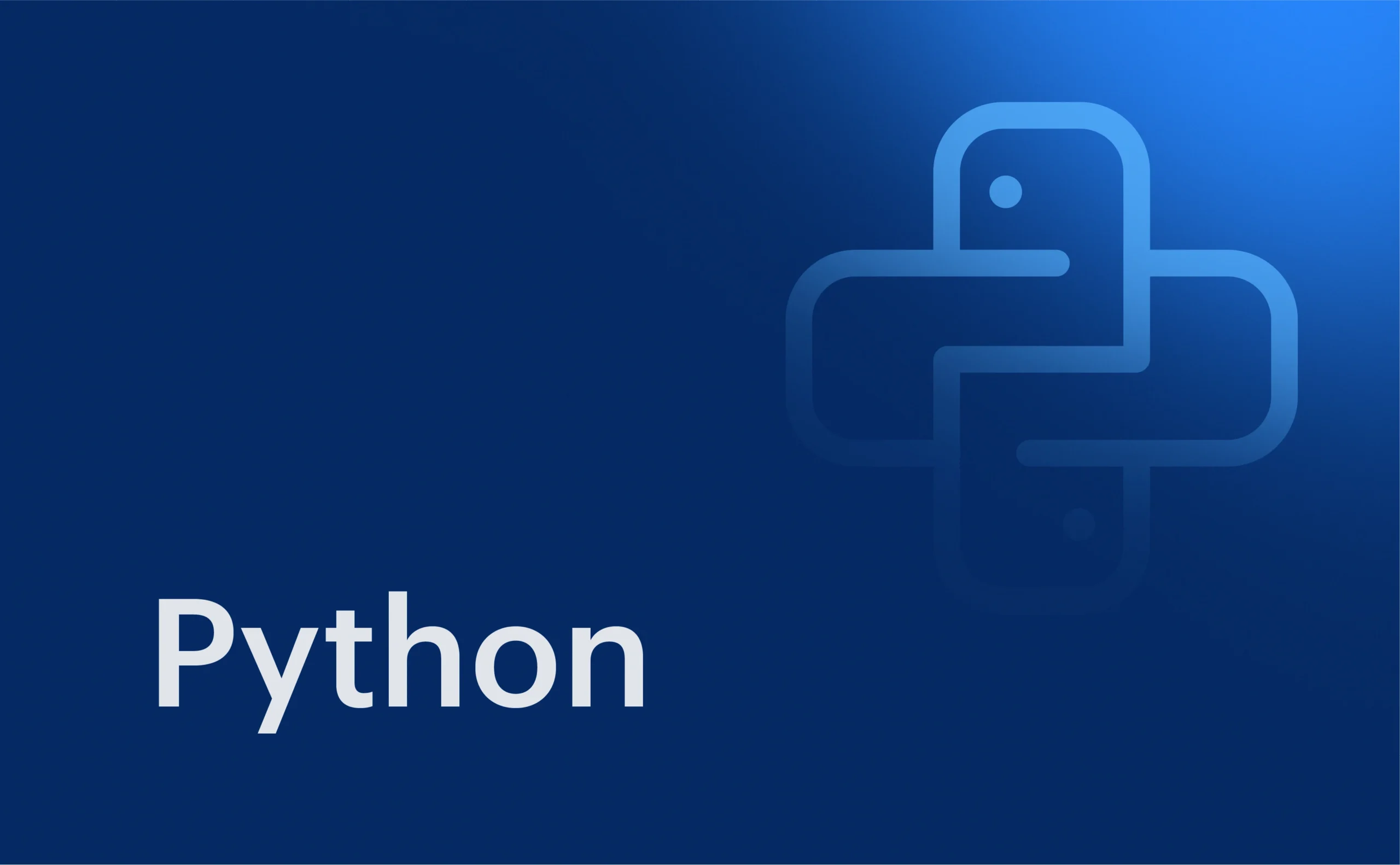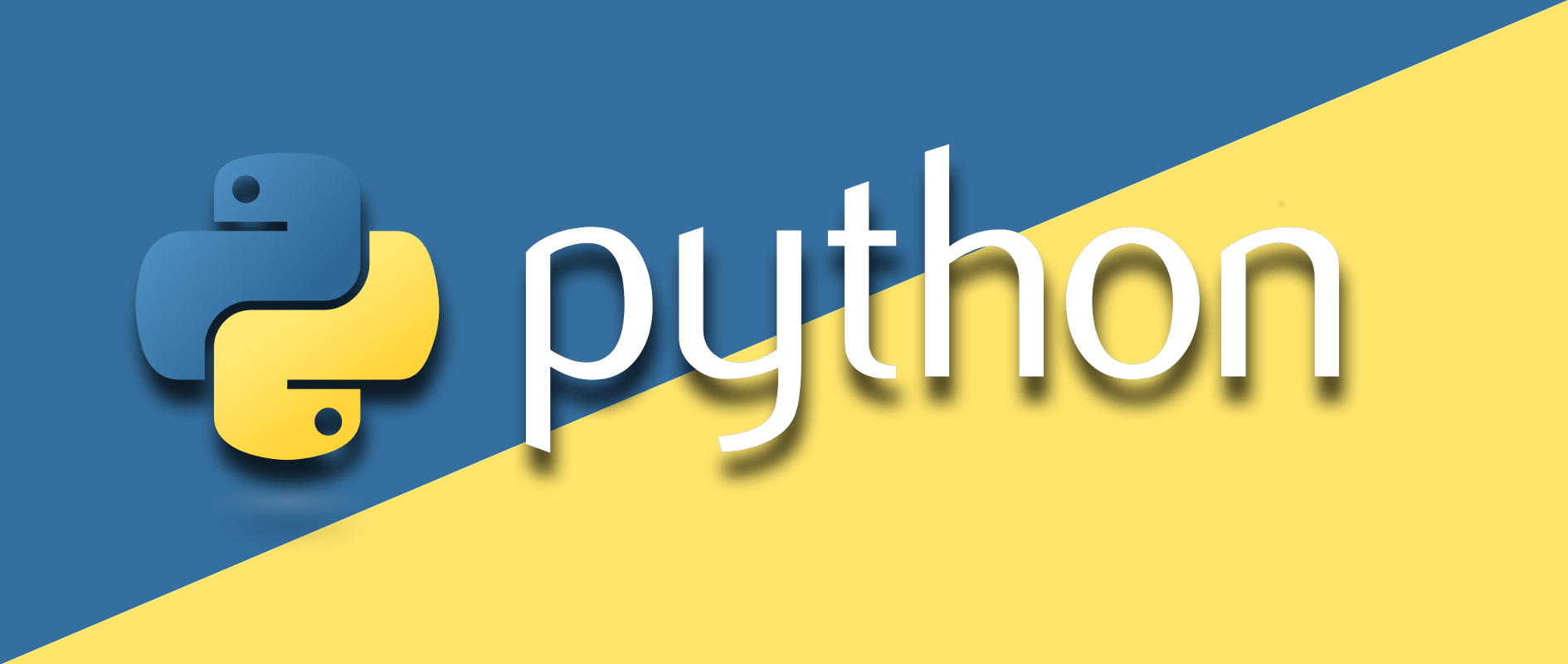Python is one of the most popular programming languages in the world today. Known for its simplicity, readability, and versatility, Python is used in a variety of applications, from web development and data science to artificial intelligence and automation. Whether you’re a beginner or an experienced developer, Python offers a wide range of tools and libraries to help you build powerful applications.
1. Why Python is Popular:
Python’s popularity can be attributed to its clear and easy-to-understand syntax, which is especially beginner-friendly. Unlike some other programming languages that use complex syntax, Python allows you to write code that’s almost like reading plain English. This makes it ideal for new programmers and developers looking to learn how to code.
2. Python for Web Development:
Python has a rich ecosystem of frameworks that make web development easier. Popular frameworks like Django and Flask help developers create dynamic and robust websites with ease. These frameworks provide essential tools for building web applications, managing databases, and handling user requests efficiently.
3. Data Science and Machine Learning:
One of the most powerful uses of Python is in data science and machine learning. Libraries such as NumPy, pandas, and Matplotlib allow users to manipulate large datasets and visualize the results. Python’s support for machine learning frameworks like TensorFlow and Scikit-learn makes it a go-to choice for developing AI models and algorithms.
4. Automation and Scripting:
Python is widely used for automating repetitive tasks and creating scripts. With Python, developers can automate system administration tasks, web scraping, data extraction, and more. Libraries like Selenium for web automation and Paramiko for SSH connections make it easier to perform complex tasks with a few lines of code.
5. Python for Software Development:
Python can also be used to develop desktop applications. Using libraries such as Tkinter or PyQt, developers can create cross-platform GUI applications. Python’s ability to integrate with other languages and systems makes it highly versatile for software development.
6. Interpreted Language:
Python is an interpreted language, meaning that code is executed line-by-line, unlike compiled languages that translate code into machine language before execution. This makes Python slower than some compiled languages but allows for quick development and testing.
7. Python Libraries and Frameworks:
Python has an extensive collection of libraries and frameworks, which allow developers to speed up their work by reusing pre-written code. Some commonly used libraries include:
- NumPy and pandas (for data manipulation and analysis)
- Matplotlib and Seaborn (for data visualization)
- TensorFlow and PyTorch (for machine learning and deep learning)
- Flask and Django (for web development)
- Selenium and BeautifulSoup (for web scraping)
8. Community Support:
Python has a vast, active, and supportive community. The Python Software Foundation (PSF) ensures the language is continuously improved, and there are numerous forums, websites, and meetups where developers can ask questions, share ideas, and contribute to the language’s growth.
9. Python in Education:
Due to its simplicity and readability, Python is often chosen as the first language for teaching programming in schools and universities. Many introductory programming courses and bootcamps teach Python as a way to get students started with coding before moving on to more complex languages.
10. Conclusion:
Python is a powerful, versatile, and beginner-friendly programming language with a wide range of applications. Whether you’re interested in web development, data science, automation, or AI, Python provides the tools and libraries needed to bring your ideas to life. Its readability, strong community support, and wide range of use cases make it one of the best programming languages to learn today.




